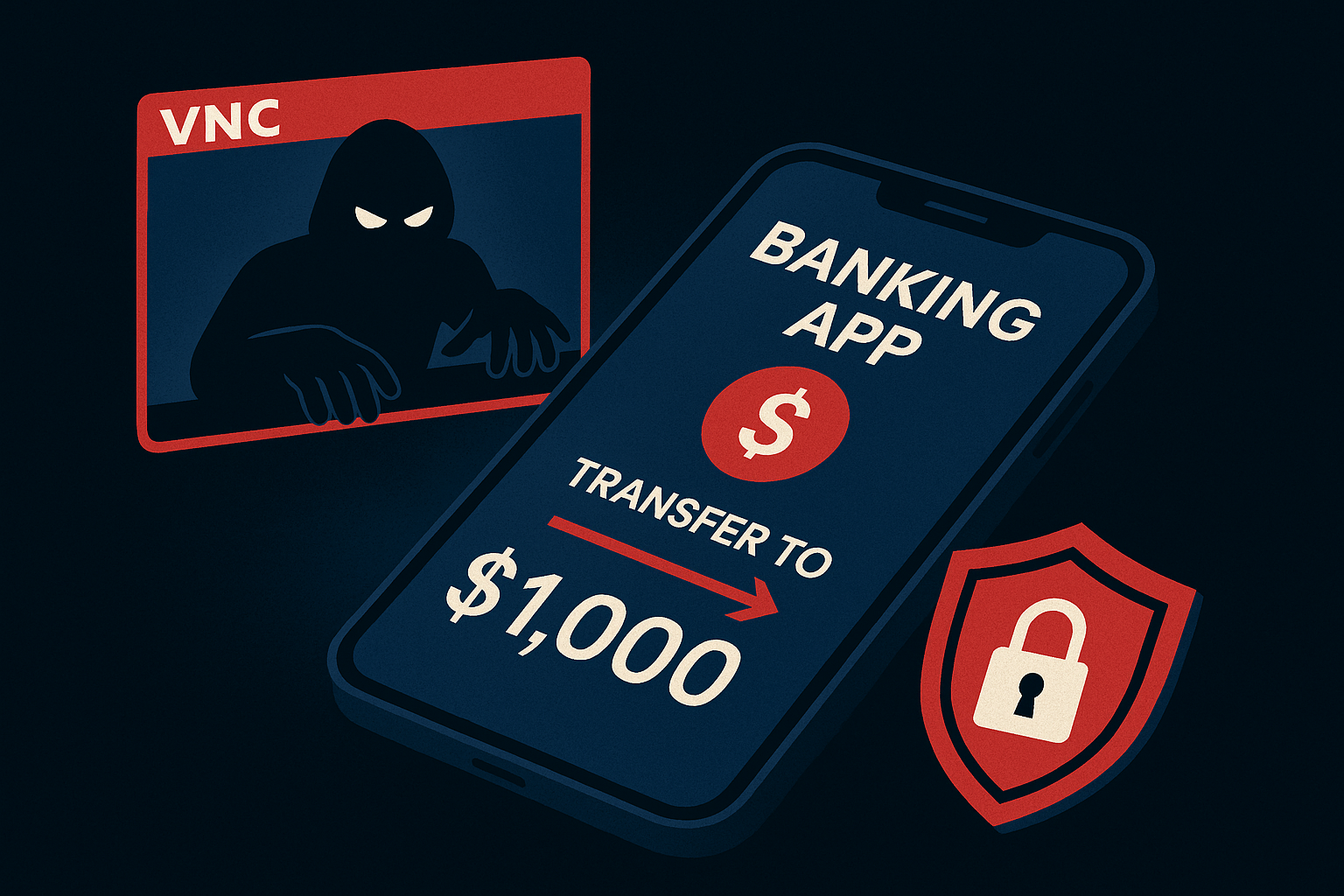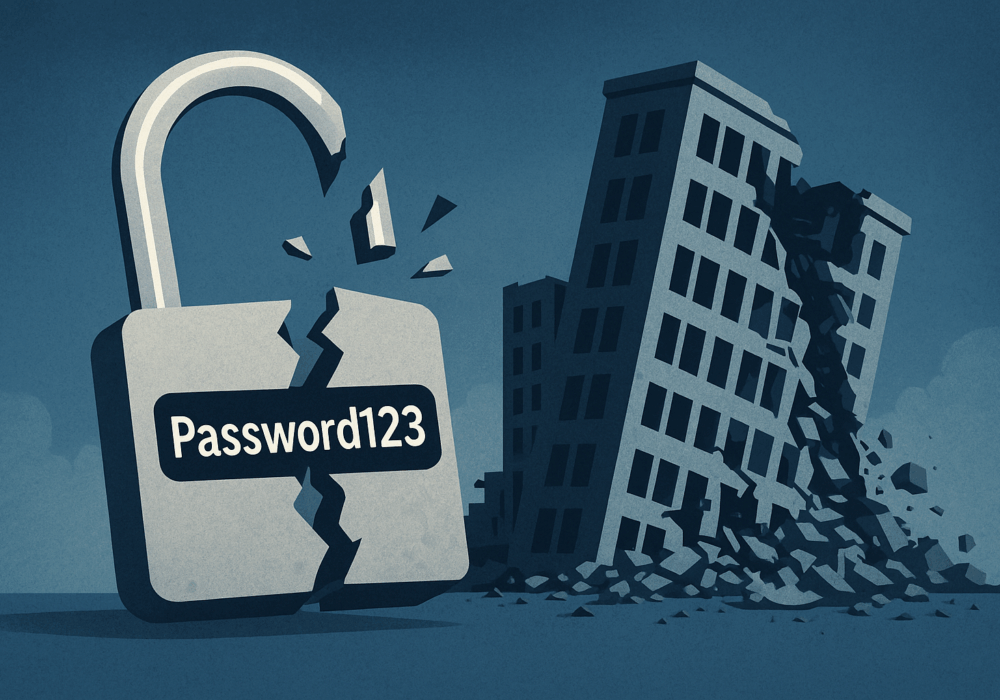Zero Trust is a security strategy focused on the belief that organizations shouldn’t automatically trust anything inside or outside its perimeters and instead must verify anything and everything trying to connect to its systems before granting access. Zero Trust is based in the principle of “never trust, always verify.” It’s designed to protect modern digital environments by utilizing network segmentation, preventing lateral movement, providing Layer 7 threat prevention, and enforcing granular user-access control.
The Zero Trust model of information security gets rid of the old ‘castle-and-moat’ strategy that had organizations focused on defending their perimeters while assuming everything already inside doesn’t pose a threat. Many experts argue that the castle-and-moat approach isn’t working. Game of Thrones proved this to be true time and again; anyone who could get past the castle walls could and would kill you. In our world, the most damaging data breaches occurred when hackers gained access inside corporate firewalls and were able to move through internal systems without resistance.
A number of IT businesses are already doing many aspects of Zero Trust, experts say. They often have Two-Factor Authentication, Identity Access Management (IAM), and ‘least privilege‘ in place.
Using a proactive, zero trust (never trust/always verify) approach is recommended. The Zero Trust model of information security gets rid of the old ‘castle-and-moat’ strategy that had organizations focused on defending their perimeters while assuming everything already inside doesn’t pose a threat. Experts argue that the castle-and-moat approach doesn’t work. Game of Thrones proved this to be true time and again; anyone who could get past the castle walls could and would kill you. In our world, the most damaging data breaches occurred when hackers gained access inside corporate firewalls and are then able to move through internal systems without much resistance.
A number of IT businesses are already doing many aspects of Zero Trust, experts say. They often have Two-Factor Authentication, Identity Access Management (IAM), and ‘least privilege‘ in place.
Zero Trust is a difficult but necessary model for SMBs to adopt. When utilizing Zero Trust, networks are segmented, often by division of labor. SMBs should adopt Two-Factor Authentication, strong Identity, and Access Management (IAM) protections, and should always try to follow the principles of Least Privilege for access to critical and sensitive data.
In addition to these protections, CyberHoot also recommends SMBs take the following steps to secure their business. These measures provide a great deal of value for the cost and time investment they require (especially when delivered via CyberHoot).
Most of these recommendations are built into CyberHoot. With CyberHoot you can govern, train, assess, and test your employees. Visit CyberHoot.com and sign up for our services today. At the very least continue to learn by enrolling in our monthly Cybersecurity newsletters to stay on top of current cybersecurity updates.
Sources:
Additional Reading:
May 2021 Cybersecurity Executive Order (Zero Trust Architecture)
DISA Issues Zero Trust Architecture For Defense
Related Terms:
Discover and share the latest cybersecurity trends, tips and best practices – alongside new threats to watch out for.

The rapid rise of generative AI has unlocked enormous promise, but it’s also accelerating the arms race in...
Read more
Newly discovered Android banking Remote Access Trojan (RAT), dubbed Klopatra, has compromised more than 3,000...
Read more
In June 2025, KNP Logistics Group, a transport company in the UK with 500 trucks and nearly two centuries of...
Read moreGet sharper eyes on human risks, with the positive approach that beats traditional phish testing.
